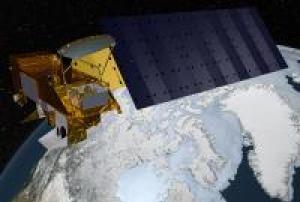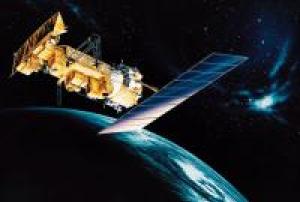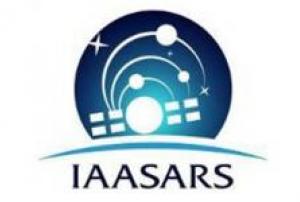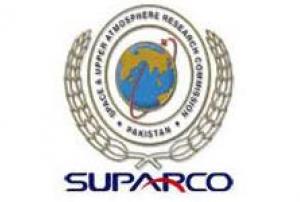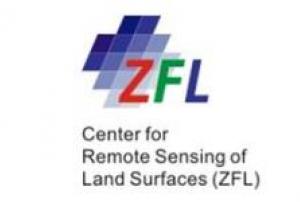Severe Storm
Definition
Facts and figures
Further information
UN-SPIDER Regional Support Offices with hazard-specific expertise
Related content on the Knowledge Portal
Aqua, Latin for water, is a NASA Earth Science satellite mission named for the large amount of information that the mission is collecting about the Earth's water cycle. The Aqua mission is a part of the NASA-centered international Earth Observin System (EOS). Aqua was formerly named EOS PM, signifying its afternoon equatorial crossing time.
Aqua was launched on May 4, 2002, and has six Earth-observing instruments on board, collecting a variety of global data sets. Aqua was originally developed for a six-year design life but has now far exceeded that original goal and is expected to be operating into successfully into the early 2020s. It continues transmitting high-quality data from four of its six instruments, AIRS, AMSU, CERES, and MODIS, and reduced quality data from a fifth instrument, AMSR-E. The sixth Aqua instrument, HSB, collected approximately nine months of high quality data but failed in February 2003.Instruments:
read more
Atmospheric Infrared…04/05/2002NOAA-15 (designated NOAA-K before launch) is one of the NASA-provided TIROS series of weather forecasting satellite run by NOAA. It was launched on May 13, 1998, and is currently operational, in a sun-synchronous orbit, 807 km above the Earth, orbiting every 101 minutes. It hosts the AMSU-A and AMSU-B instruments, the AVHRR and High Resolution Infrared Radiation Sounder (HIRS/3) instruments, as well as a Space Environment Monitor (SEM/2).
Instruments:
read more
AMSU-A (Advanced Microwave Sounding Unit - A)
AMSU-B (Advanced Microwave Sounding Unit - B)
AVHRR/3 (Advanced Very High Resolution Radiometer/3)
HIRS/3 (High Resolution Infra Red Sounder/3)
S&RSAT (Search & Rescue Satellite-Aided Tracking System)
DCS/s (Data Collection System/2)
SEM/MEPED (SEM/Medium energy proton detector)
SEM/…13/05/1998- 27/11/1997
- 27/11/1997
- Storm surges and tidal waves are global phenomena that considerably affect human populations in coastal and island regions. According to the Guide to Storm Surge Forecasting published by the World Meteorological Organization in 2011, storm surges can be defined as ‘oscillations of the water level in a coastal or inland body of water in the time range of a few minutes to a few days, resulting from forcing from atmospheric weather systems. According to this definition, the so-called wind waves, which have durations on the order of several seconds, are excluded’. Storm surges are a coastal…Regional Support Offices mentioned:
La Nina and Warm Ocean Temperatures Drive Increased Tropical Activity
Forecasters of the National Oceanic and Atmospheric Administration of the United States (NOAA) at the Climate Prediction Center anticipate an above-normal hurricane season in the Atlantic basin for 2024. The season, spanning from June 1 to November 30, holds an 85% likelihood of above-normal activity, with predictions suggesting 17 to 25 named storms. Among these, 8 to 13 are expected to become hurricanes, including 4 to 7 major hurricanes of Category 3 or higher.
Several climatic factors contribute to this heightened activity. Near-record warm ocean temperatures in the Atlantic, the development of La Nina conditions in the Pacific, reduced Atlantic trade winds, and decreased wind shear are all conducive to storm formation and intensification.
As one of the strongest El Ninos on record transitions to La Nina, conditions favoring Atlantic hurricane…
read more29/05/2024The Space and Upper Atmosphere Research Commission (SUPARCO) of Pakistan and the United Nations Office of Outer space Affairs (UNOOSA) signed the cooperation agreement on the establishment of a UN-SPIDER Regional Support Office (RSO) on the occasion of the 47th Scientific and Technical Subcommittee sessions on 12 February 2010.
SUPARCO, the national space agency, was established in 1961 as a Committee and was granted the status of a Commission in 1981. SUPARCO is mandated to conduct R&D in space science, space technology, and their peaceful applications in the country. It works towards developing indigenous capabilities in space technology and promoting space applications for socio-economic uplift of the country.
Address:
Pakistan Space and Upper Atmosphere Research Commission (SUPARCO)
Islamabad Highway,
Islamabad-44000 PakistanMission/Objective:
To…
read more

